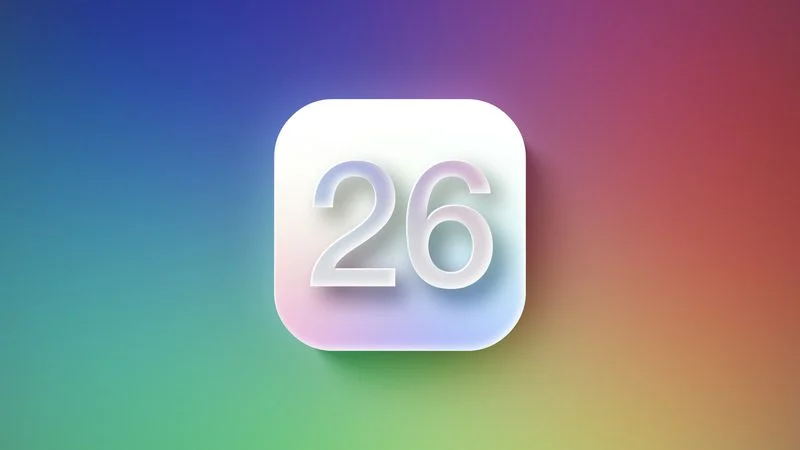A 53-year-old climber was rescued from Snowmass Mountain in Colorado thanks to the iPhone’s satellite texting feature. Stranded above 10,000 feet with a wrist injury from sliding down the snowy slope, he couldn’t walk or get a cell signal. He texted a family member using his iPhone 14 or newer, who alerted the Pitkin County Sheriff’s Office and Mountain Rescue Aspen.
Seventeen rescuers reached him at Snowmass Lake, about eight miles from the parking area, starting at 8:25 a.m. and safely evacuating him by 5:30 p.m. The sheriff’s office praised the satellite feature, urging adventurers to carry emergency devices and learn how to use them.
This feature, available on iPhone 14 and later, also includes Emergency SOS for contacting help without cell service. Meanwhile, Apple released Safari Technology Preview 222, an experimental browser update for testing new features. It includes fixes for accessibility, design, media, rendering, scrolling, and web functions.
Compatible with macOS Sequoia and the upcoming macOS Tahoe, it’s available via Software Update for those who download it from Apple’s website. Aimed at developers but open to all, it helps Apple improve Safari by gathering user feedback. Full details are on the Safari Technology Preview website.





